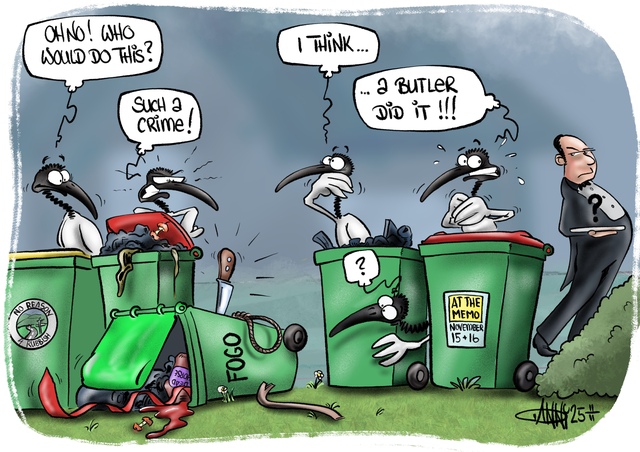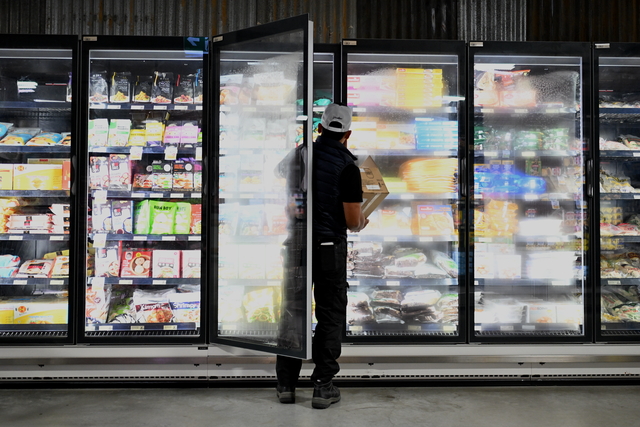Passengers in a hot-air balloon that crashed in Dixons Creek in February did not receive a proper safety briefing, a report found.
The Australian Transport Safety Bureau (ATSB) released its report into the 8 February “hard landing” in Bleases Lane on Tuesday 30 October.
Ambulance Victoria at the time reported abdominal, back, neck and ankle injuries to patients aged between their twenties and seventies.
The ATSB said the Go Wild Ballooning Kavanagh B-350 hot-air balloon departed Glenburn for a scenic charter flight with a pilot and 15 passengers on board.
About 45 minutes into the flight the balloon experienced a sudden wind change and the pilot decided to land immediately, rather than continue over rising and heavily-vegetated terrain.
“The resulting landing was hard and fast and 11 passengers were injured, with four of them receiving serious injuries,” the report said.
The ATSB said some passengers received a safety briefing prior to boarding but “the operator’s normal safety briefing for passengers post-boarding was not conducted”.
“The briefing prior to boarding was not effective in ensuring all passengers understood the required landing position to use in the event of an emergency landing,” it said.
The ATSB identified a safety issue with the operator’s risk controls for ensuring safety briefings were conducted, and that passengers understood the briefing and the availability and content of its safety information cards.
The report also found that information about the sudden wind change was not available to the pilot prior to the flight.
The most recent local balloon forecast was inadvertently not publicly available, and other forecast information available to the pilot did not accurately state the wind change’s timing.
The ATSB identified a safety issue with the Bureau of Meteorology procedure to confirm the local weather forecast for balloon operators in the Melbourne area was available.
The Bureau of Meteorology has since commissioned a new system and modified its procedures for providing local weather briefings to balloon operators in the Melbourne area.
“The operator has implemented a procedure that all passengers are required to demonstrate the landing position after boarding the aircraft,” the report said.
“Proper preparation for landing is shown to reduce the likelihood and severity of injury, and operators should ensure that passengers understand the instructions provided.
“It is recommended that all passengers should board the basket and practice the position they should adopt for landing.
“This allows the operator to determine any misunderstanding prior to flight.
“It is also recommended that safety information cards, with diagrams, be readily available to help communicate important safety information, particularly to people from a non-English speaking background.”
The ATSB said the operator had also implemented procedures for all pilots to share wind and weather conditions and conduct more regular checks of nearby aerodrome weather information.







